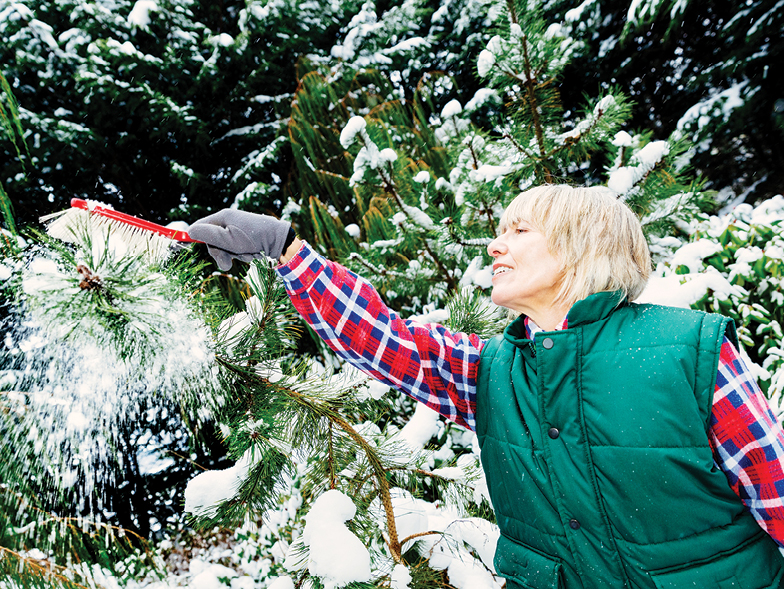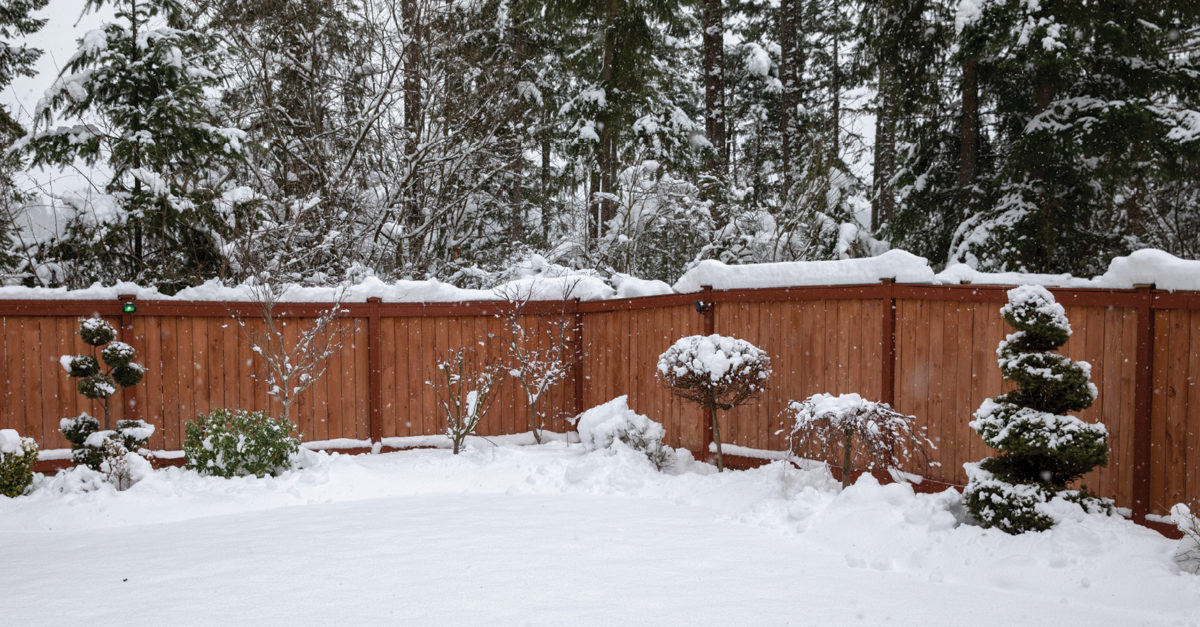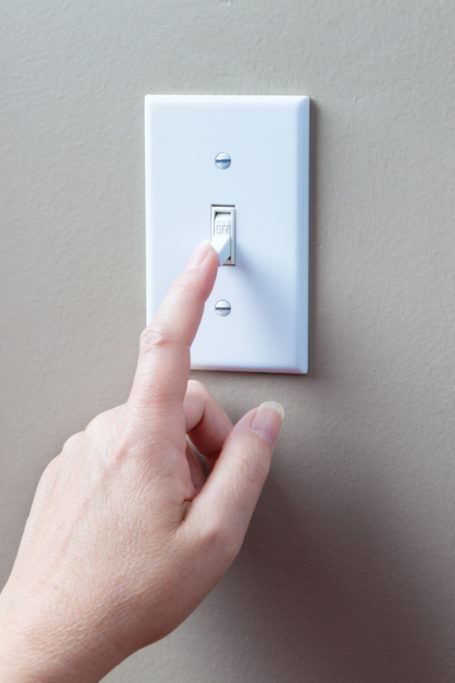Warm Up to Winter Lawn Care
When winter returns, many people, especially those living in a climate with frigid winters, consider it to be a welcome break from lawn maintenance. But in reality, lawn care is important all year round, even during winter months. If you follow certain steps, you can both protect your lawn all season long and prepare it for lush spring growth.

Keep it tidy
One of the reasons people look forward to a break from lawn maintenance is that there’s so much of it in fall, especially leaf cleanup. But you should consider continuing your cleanup efforts through the winter months because leaves and other debris can be hazardous to your lawn’s health. For example, if layers of leaves get frozen onto your yard, they can prevent the grass beneath from breathing and also cause mold and disease.
Watch your step
Walking around in winter can be messy, including on your own property. Ice can make even going to your car hazardous, and it seems like snow piles up all winter long in certain parts of the country. But tramping around outside with heavy boots also impacts your lawn, so be mindful of it under all that ice and snow. Try to avoid walking on your yard since doing so can compact the snow, damaging the hibernating grass underneath. Whenever it’s safe to do so, opt to use driveways and pathways to and from your home.
Add seed
For the most part, overseeding—adding extra grass seed to an already existing lawn—is done during late autumn months before the ground becomes frozen. However, adding seed doesn’t necessarily need to end with the final leaves of fall. You may want to consider a process called dormant seeding as well.
To do this, keep an eye out for a period of thawing between December and February when ice and snow are gone from your lawn, and inspect your lawn for bare spots. Till these areas as you would in warmer months: assuming they are already clear of debris, rake over the top layer of soil to loosen it, distribute grass seed, cover the seeds with the soil, and let Old Man Winter do the rest. The embedded seeds will hibernate for the rest of winter (assuming you don’t experience a prolonged warm-up) and be ready to germinate in spring.

Warm-weather considerations
If you live in a location that doesn’t usually get snow or frigid cold, your winter lawn care routine will be a bit different—but that doesn’t mean it’s any less important. Grass will likely still grow, albeit slower, so continue mowing, but mow less frequently and at a lower height until your grass stops growing. You should also continue to weed your lawn in winter, but water less often with the cooler temperatures. And much like homeowners in other parts of the country, you should avoid trekking on your grass during winter and keep leaves and other debris from completely covering it (mulching the leaves instead, if possible)
But perhaps the best way to be kind to your warm-weather lawn is to keep an eye on the weather and calendar. Mild weather isn’t always a given in winter, even in warm climates—temperatures can drop precipitously at night and inclement weather could strike, both of which can wreak havoc on your lawn. If you’re prepared, you can take steps to help protect your lawn, such as putting off watering it during a cold stretch. And make sure you’re ready for spring by doing maintenance on your mower, trimmer, and other yard tools and making sure you have the necessary seeding and herbicides come March.
As counterintuitive as it may seem, continuing to care for your lawn during colder months can actually make a big difference to its overall health. By making your yard a year-long priority—even during winter—you can set it up to thrive.









